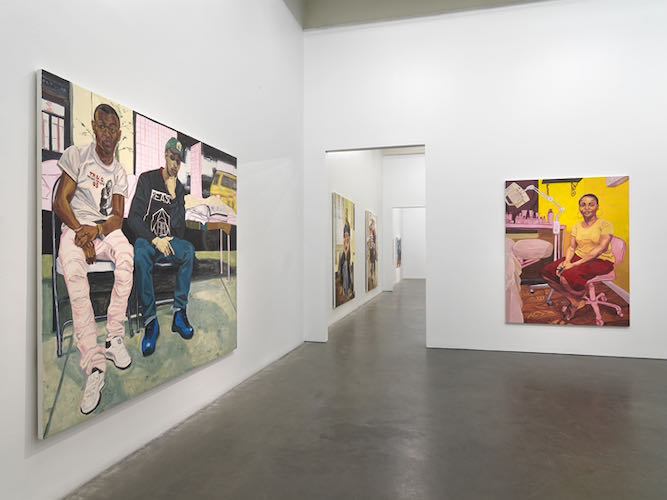
The portraits of Jordan Casteel - marking auction records for a young contemporary artist
ArtWizard 21.06.2021
Jordan Casteel is an American painter, one of the most Avant-Garde young contemporary artists in the art market. She is born in 1989 in Denver, Colorado, USA, lives and work in New York City.
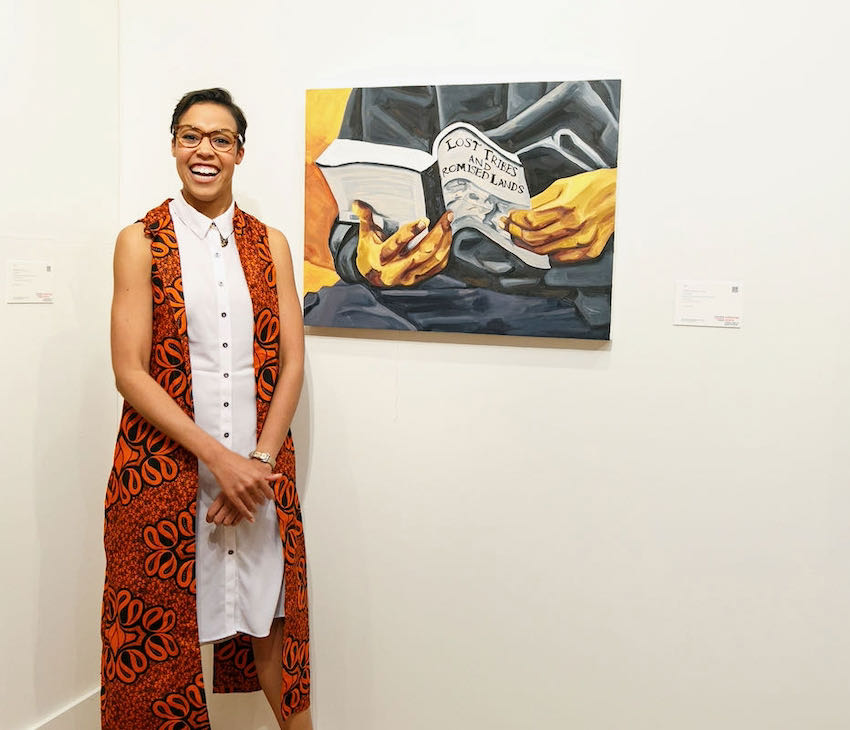
Jordan Casteel at Sotheby's, 2018
The most characteristic style of Casteel is the creation of portraits of the people in her community, including former classmates at Yale University, where she received her MFA in 2014. She paints different subjects from her environments, including street vendors and business owners in her Harlem neighborhood, students from her class at Rutgers University -Newark, friends, and lovers. Rendered in vibrant hues of amber, lavender, and indigo, Casteel’s oil paintings contain unique notions of gender and race in portraiture.

Jordan Casteel, Serwaa and Amoakohene, 2019
At the beginning of her career as an artist, Casteel was working as a teacher in Colorado and painting in the evenings when she realized that she needed to devote herself more seriously to her art practice. After completing her MFA at Yale University, Casteel moved to New York for a residency at The Studio Museum of Harlem. In her way to finding the unique artistic style she has today, Casteel started painting the portraits of friends, family members, and classmates, posed in intimate settings, and posed to look directly at the viewer.
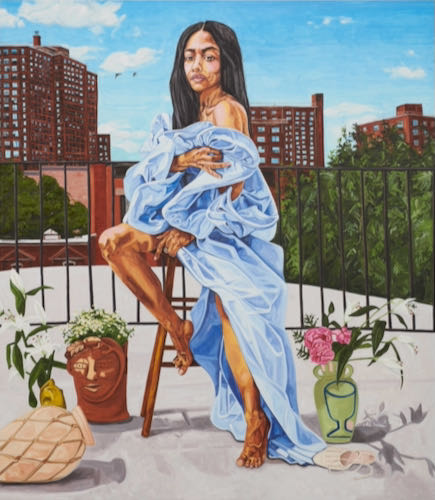
Jordan Casteel, Aurora, 2020
The artist showed an even anthropological interest in the subject of her portraits, as she began meeting and photographing them in the streets of her neighborhood of Harlem, transforming strangers to close friends and collaborators. Through Casteel’s larger-than-life paintings, this community of diverse men and women is represented on the walls of museums globally.
In 2020, the artist took her first step on the auction market and managed to establish herself as one of the great electrifying figures of “new African-American painting”. Her talent was spotted early in 2017 by the art critic Jerry Saltz from the New York Magazine, who noticed her “profound empathy for the inner lives and consciousness of her subjects” and declared her “ready to take a rightful place on the front lines of contemporary painting”. A few months later, Casteel was mentioned in the Forbes Magazine as one of the most influential artists under the age of thirty, and not long after this time, her paintings started selling for quite high prices.
Before working on a canvas, the artist photographs her subjects in detail, sometimes accumulating more than 200 images, and then merges elements from several shots. Her pictorial audacity arrived on the American scene at the best time, in the midst of a concerted revival of the figurative portrait linked to black identity. In 2018, works of Casteel have been acquired by a couple of museums (Crystal Bridges Museum of American Art in Bentonville and the Los Angeles MoCA) and she made her auction debut.
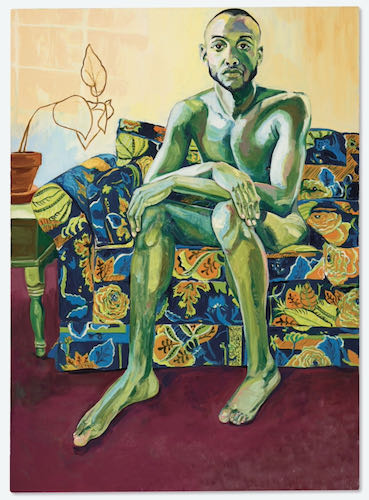
Jordan Casteel, Jiréh, 2013
Sotheby’s organized her auction debut by offering a just-completed canvas depicting a pair of hands holding Ronald Sanders’ Lost tribes and promised lands, a work that explores the origins of American racism. Lost Tribes (2018) quadrupled its high estimate selling for $81,250. Supported by New York’s Casey Kaplan gallery, that was the start of the young artist’s meteoric rise.
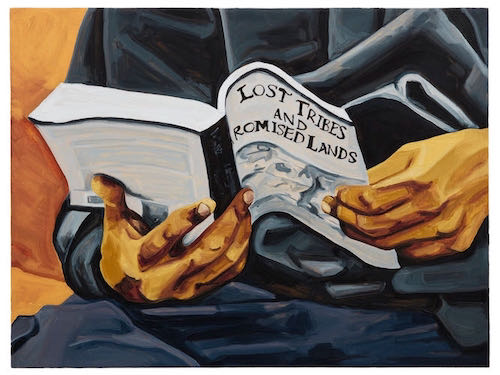
Jordan Casteel, Lost Tribes, 2018
In March 2019 Christie’s sold her painting Patrick and Omari (2015) during its prestige Contemporary Art evening sale for five times its high estimate, at $394,000. A year later, her work Mom was sold for the amazing sum of $668,000 at Christie’s London (12 February 2020). The rise in the price of her works continued in May with Christie’s setting a brand new record for her large, intimate, and melancholic portrait titled Jiréh (2013) which almost doubled its initial auction estimate. In May 2020, Christie’s set a brand new record: $687,500 for the large, intimate, and melancholic portrait of Jiréh.

Jordan Casteel, Patrick and Omari, 2015

Jordan Casteel, Mom, 2013
As part of the artistic recognition of this progressive young artist is the protest expressed in her paintings as Casteel is defined as being part of the so-called “Black artistic Renaissance”, a Renaissance that is clearly artistic, social and political, but also a genuine “economic” renaissance that is reshaping the art market in times of pandemic.
